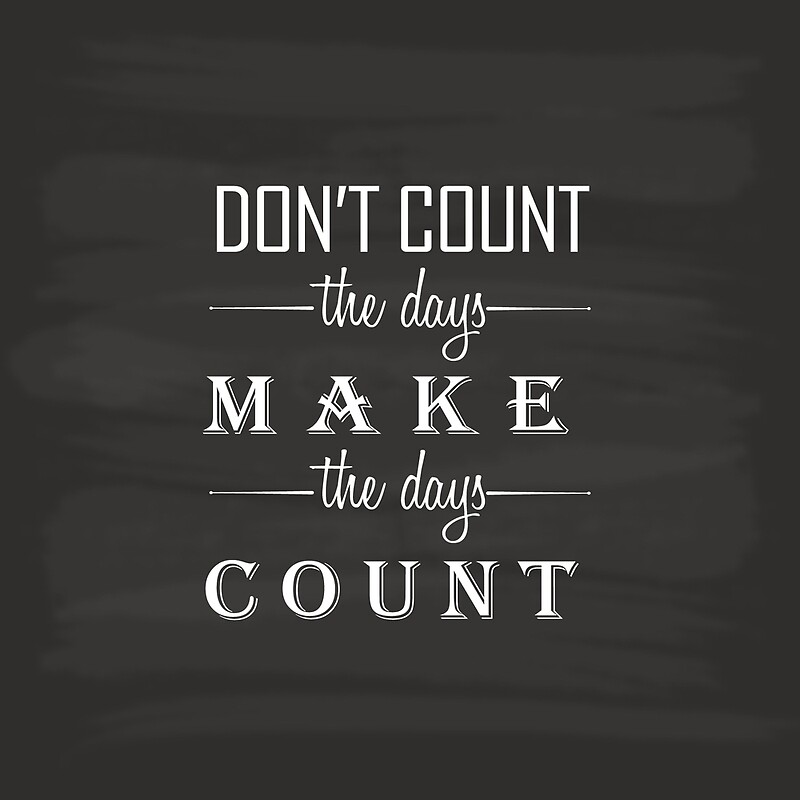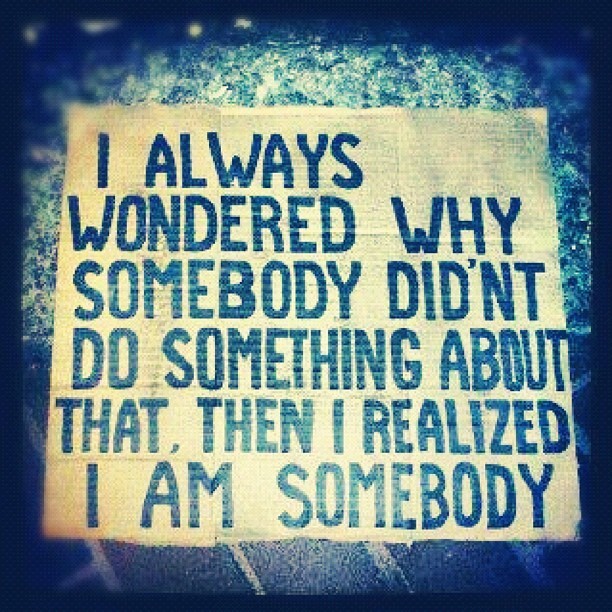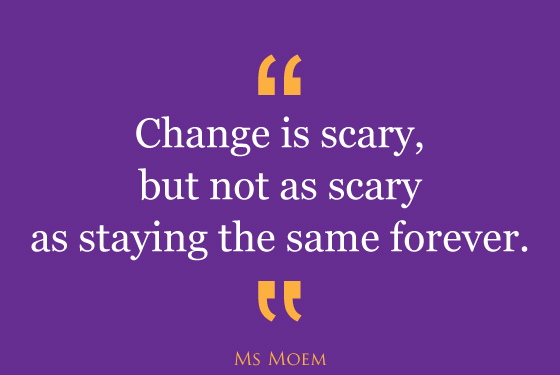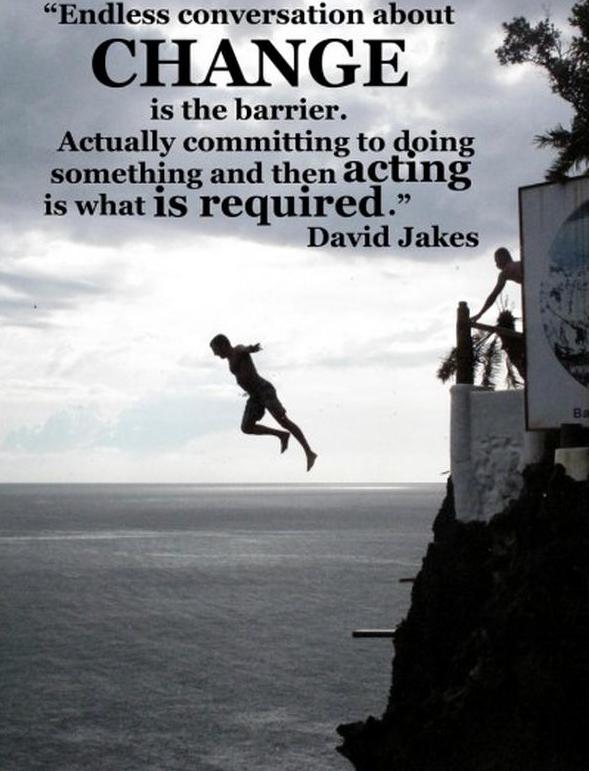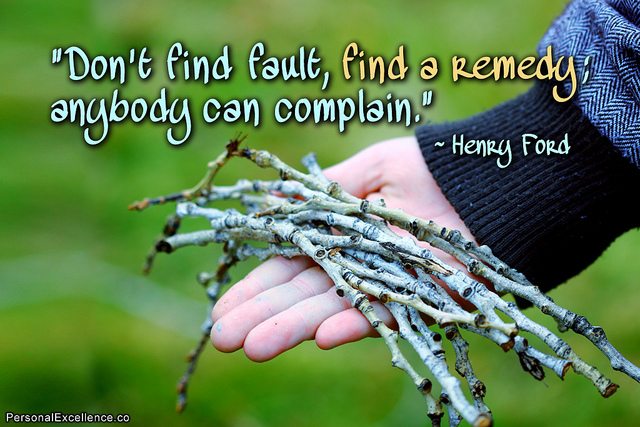Recently I had the opportunity to spend some time in a showroom focused on school furniture. Along with traditional school furniture, there were many other alternatives that embraced the flexible learning spaces that our students deserve. The showroom had colors, fabrics, multi-use chairs and tables, and utilized wall space as whiteboards through the use of whiteboard paint. It was hard to not feel inspired by the use of space and design. All I wanted to do was begin to draw on the walls and the many other spaces meant for people to leave their mark.
Ultimately, the conversation led to cost and budgets. They then led to whether we were preparing students for colleges which have not necessarily embraced these types of learning spaces. Conversations also revolved around the need to have spaces for students to take the multitude of state tests and their ridiculous requirements, and lastly, the reality of the structure and limitations of the size of the classrooms that currently exist.
At one point I found myself mumbling under my breath "Why can't we ever, just once, start from the potential of the learning space?"
It would be easy to take each of these factors and toss them out the window as complaints, but they aren't. They are the current reality of many schools and educators which are still structured for the 20th-century factory model of schools. It can be challenging to envision learning spaces that are flexible, colorful, and design focused when we are stuck in schools that resemble factories both inside and out. And while it is a chicken and egg scenario, the limitations above can sometimes keep educators from taking risks.
Consistently public schools are "stuck" trying to serve higher education through outdated, highly structured, and content driven curriculum, focus on achievement on tests like the SAT and AP, and even instructional strategies such as the lecture. The domino effect implications of higher education expectations consistently shape and limit the learning potential in public schools across the United States. At the same time, public schools rarely have the courage to buck the system and build schools and design classrooms for the instruction, culture, and academics our students deserve.
The furniture discussion is just a microcosm of how preparing students for college and career readiness place ceilings on learning for our students. It is also the place where we have been attracted to the bells and whistles which lead to wasteful spending instead of thoughtful design. Every classroom with an interactive projector, class sets of laptops and tablets must be a place where learning occurs, right? It is easy to be distracted by the gigantic interactive tv's that will be obsolete in two years or the computer enabled tables that provide little to no collaborative learning experiences for our students. We set our sights on things instead or processes, devices instead of learners.
In so many ways, whiteboard walls (or just large whiteboards in general), magnetic walls (better yet, magnetic whiteboards), or lots of corkboards can transform a classroom space with very little waste in expense. The focus should always be on the design process and the learning that occurs, not on the expensive technology or furniture. New furniture is nice and can change the culture and vibe of space, but until we remember that the most important person in the room IS the room, we may never see the kind of learning we hope to see.
While school board, administrator, and teacher perspectives are incredibly important, decisions on furniture, devices, and other resources often leave out the most important stakeholders. As we were driving back from the showroom, our tech director (
@kuzojoe) asked the most important question of all: "What kinds of learning spaces do you think our students would want? What kinds of furniture would they like to have? "
What if we asked our learners how they wished to learned? What if we designed our learning spaces for learning?


